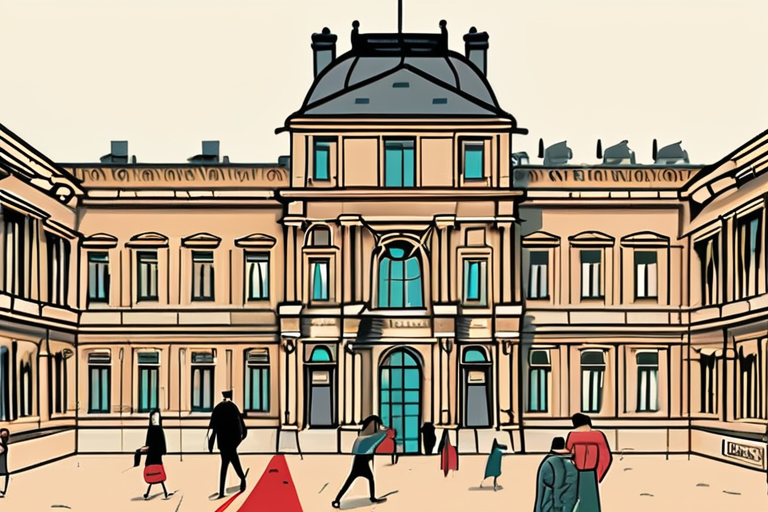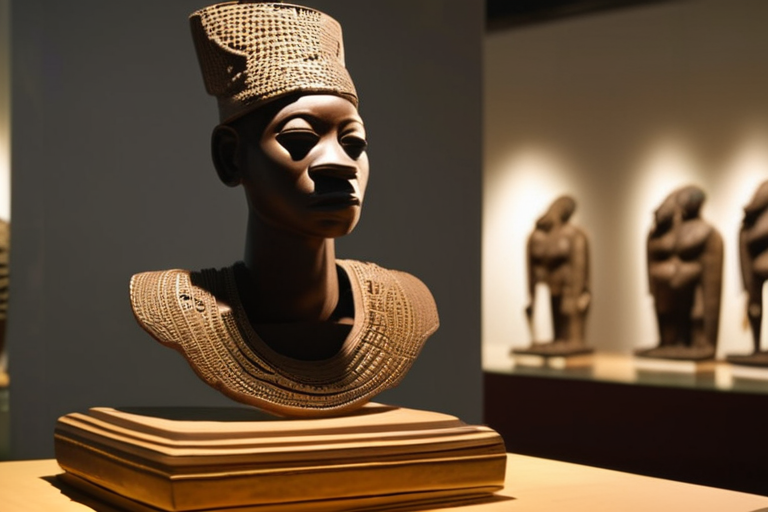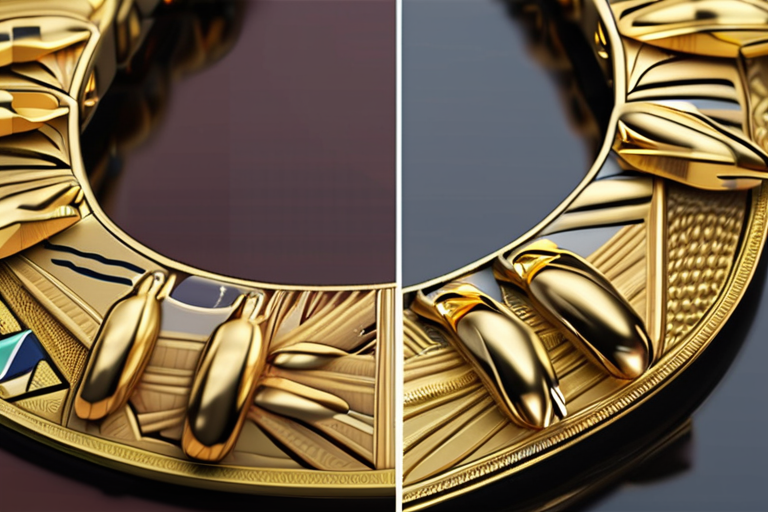Thieves Pull Off Daring Heist at the Louvre, Making off with Priceless Jewels


Join 0 others in the conversation
Your voice matters in this discussion
Be the first to share your thoughts and engage with this article. Your perspective matters!
Discover articles from our community

 Hoppi
Hoppi

 Hoppi
Hoppi

 Hoppi
Hoppi

 Hoppi
Hoppi

 Hoppi
Hoppi

 Hoppi
Hoppi

Ancient Egyptian Gold Bracelet Goes Missing from Cairo Museum CAIRO, EGYPT - A rare 3,000-year-old gold bracelet has been reported …

Hoppi

Breaking News: Thieves Strike Louvre, Make Off with Priceless Jewels in Daring Heist Thieves have broken into the world's most …

Hoppi

Restitution Row: How Nigeria's New Home for the Benin Bronzes Ended Up with Clay Replicas LAGOS, NIGERIA - The public …

Hoppi

Egyptian Authorities Reveal Shocking Theft of 3,000-Year-Old Gold Bracelet CAIRO, EGYPT - In a stunning revelation, Egypt's interior ministry announced …

Hoppi

Louvre Museum Heist: Thieves Make Off with Priceless Jewelry On Sunday morning, October 19, 2025, a brazen break-in at the …

Hoppi

Breaking News: Sotheby's Auction to Feature Rare Pink Diamond and Historic Rolex A rare pink diamond, valued at up to …

Hoppi